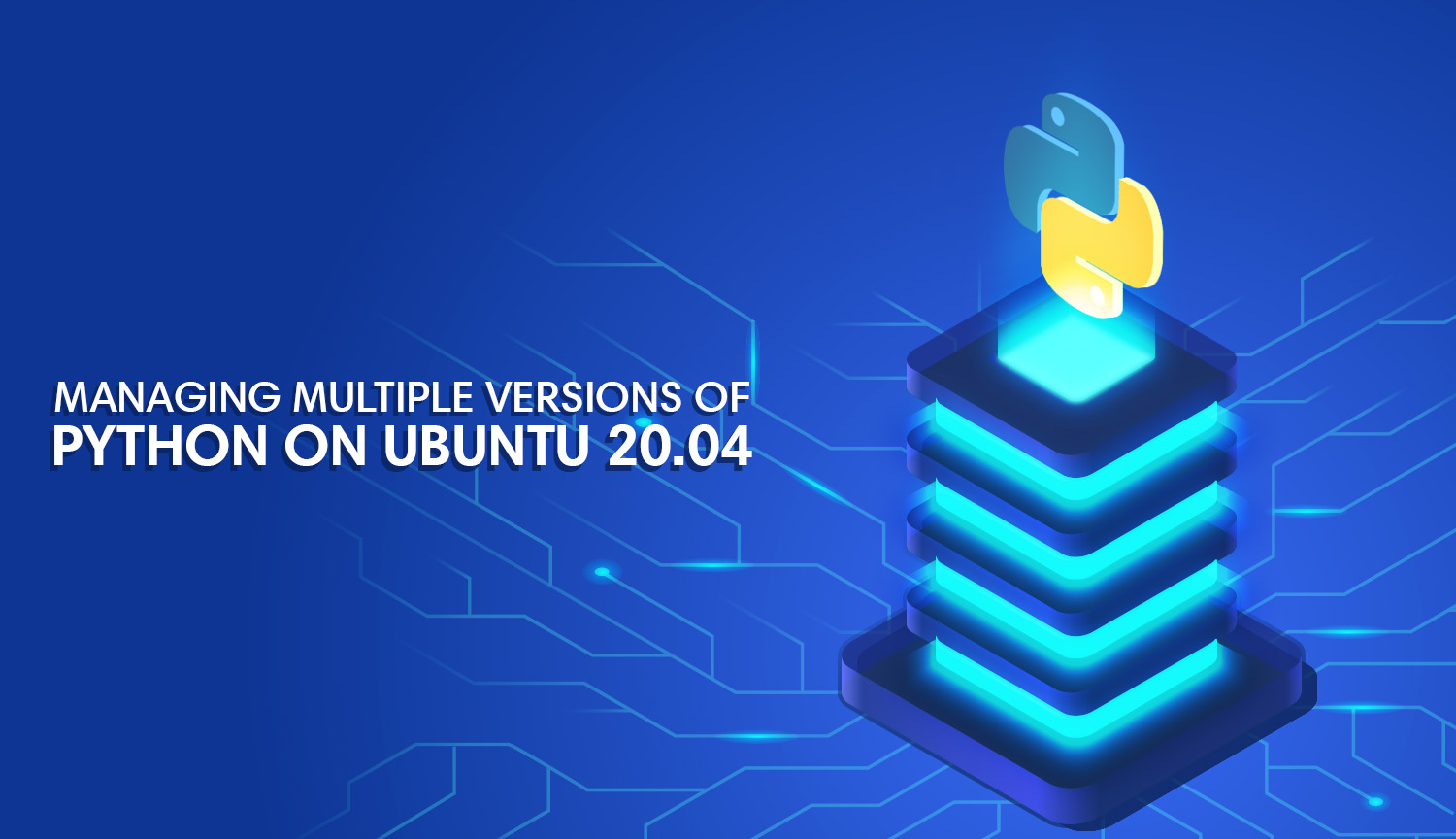
- #Venv multiple python versions install#
- #Venv multiple python versions update#
- #Venv multiple python versions download#
#Venv multiple python versions install#
The trick is that when you want to install modules, you either need to modify the sudo $PATH variable to include /usr/local/bin or you need to execute sudo /usr/local/bin/pip2.7 install This should get pip2.7 installed in your /usr/local/bin folder along with your version of python. To install pip for your new python distribution, you need to specifically tell sudo to go to /usr/local/bin sudo /usr/local/bin/python2.7 -m ensurepip It turns out in CentOS 7 that there is already a python2.7 and a pip2.7 in the /usr/bin folder. However, what I couldn't figure out was why my newly installed version of python wasn't seeing what I was installing. When I installed there, it appeared like pip was working since I could use pip2.7 install and it would install modules. Most of the answers here address the issue but I want to add something what was continually confusing me with regard to creating an alternate installation of python in the /usr/local on CentOS 7. Now try "sudo python3 -version" and magic should happenĮnable virtualenv inside your docker (of course, you have built it in your docker image): ENV VIRTUAL_ENV=/home/USER/Python-3.x.y/env Wan't to force sudo to use your virtualenv? Defaults secure_path="/home/USENAME/Python-3.x.y/env/bin:/usr/local/sbin:/usr/local/bin:/usr/sbin:/usr/bin:/sbin:/bin:/snap/bin" Now you should have custom-isolated virtualenv.

Source $HOME/python_versions/Python-3.x.y/env/bin/activate Virtualenv -no-site-packages -p root/bin/python3.x envĪt "python_versions/" create files like this: env_python3x.bash: You'll get directories like this:Īt each "Python-3.x.y/" directory, do the following (do NOT use "sudo" in any of the steps!): mkdir root
#Venv multiple python versions download#
Python_versions/ : download Python-*.tgz packages here and "tar xvf" them. Don't touch your system's default python3 version though.ĭownload source for different python versions under the following directory structure: $HOME/ If you have several extra python versions installed in some other way, get rid of them, e.g., remove $HOME/.local/lib/python3.x, etc. Openssl libssl-dev libffi-dev unzip pciutils net-tools \ Sudo apt-get install -y zlib1g zlib1g-dev libsqlite3-dev \ Sudo apt-get install -y build-essential cmake Sudo apt-get install software-properties-common
#Venv multiple python versions update#
Prerequisites: If you are using some bare-bones thin client with no extra turf installed, you should run this first (in ubuntu 18.04 at least, extra packages added for convenience): sudo apt-get update

So apparently there are multiple versions of easy_install and pip. You should use the following if you have pip >= 1.5: $ pip2.6 install otherpackage Since version 0.8, Pip supports pip-: $ pip-2.5 install myfoopackageĮDIT: pip changed its schema to use pipVERSION instead of pip-VERSION in version 1.5. For example: # The system default python: This is the recommendation because it works across all versions of Python, and in all forms of virtualenv. The current recommendation is to use python -m pip, where python is the version of Python you would like to use.


 0 kommentar(er)
0 kommentar(er)
